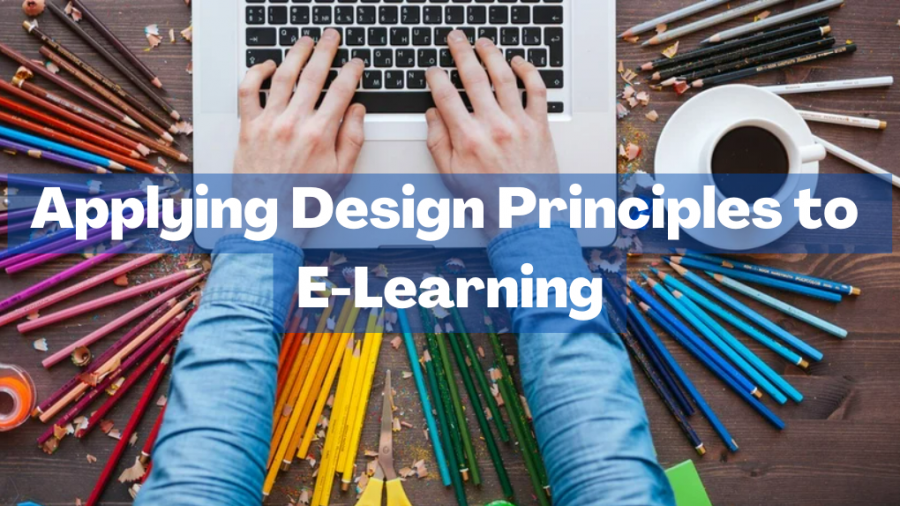In previous articles in this series on the importance of colour in e-learning design, we have looked at the role of colour psychology in how people learn, as well as the ways that colour enhances the learner experience. In this final blog in the series, we have seven tips for using colour in e-learning. Tip 1: Use Colour, But Within …
Why Use E-Learning for Change Management Training and How to Get the Best Results
Why Use E-Learning for Change Management Training and How to Get the Best Results Organisations go through change for a range of reasons. How that change is managed is often more crucial than the objectives or reasons for the change itself. After all, without managing the change process properly, it is all too easy to fail in its implementation. How …
Qualities to Look for in an E-Learning Developer
There are various steps you should go through when selecting an e-learning developer to produce training content for your organisation. This includes checking the services that are being offered, past work history, and the process that will be followed. It’s also important to dig deeper to make sure the developer will be a good fit for your organisation. Ensuring there …
Competency-Based Training Design Tips and Best Practices
Competency-Based Training Design Tips and Best Practices Most training involves providing learners with training courses, including e-learning courses. Learners are then either encouraged or told to complete the courses that are relevant to them. Competency-based training is different as the objective is not to get the learner to complete a particular course. Instead, the objective is to help the learner …
Training and Development Strategies for a Hybrid Workplace
One of the business outcomes of the Covid-19 pandemic is an increase in hybrid working arrangements. Hybrid working is where employees spend part of their working week in the office and the rest working from home. How do you ensure you continue to deliver on your training and development objectives when people are working remotely for large parts of the …
Applying Design Principles to E-Learning
Applying Design Principles to E-Learning Good design in e-learning doesn’t happen by accident. To achieve good design, you must follow established design principles. Design principles are guidelines that influence how users interact and engage with e-learning content. They can even be used to make an emotional connection with learners. As a result, design principles contribute to the learner experience, enhancing …
Mistakes to Avoid When Using Animation in E-Learning
10 Mistakes to Avoid When Using Animation in E-Learning In e-learning, animations are highly effective tools for explaining topics and concepts, including those that are complex. They are also an excellent way of varying the content you present to learners, including to break up text. While they offer a lot of benefits, animations must be carefully created to ensure they …
Benefits of Using E-Learning in the Finance Sector
Benefits of Using E-Learning in the Finance Sector The continuous and ongoing training of employees is essential for companies in the finance sector. Training is important to maintain high standards of customer service, mitigate risks, and help organisations achieve their strategic objectives. The finance sector is also going through significant change, with new technologies being a driving factor. However, even …
Problems and Challenges in E-Learning that Quality Assurance Overcomes
Modern, high-quality e-learning courses are typically complex, particularly in terms of structure, features, and technology. Depending on the subject matter, the content of the course can be complex too. As a result, errors, bugs, and issues can arise during development, making quality assurance (QA) an essential part of the design process. What are the problems and challenges that arise in …
The Importance of Quality Assurance in E-Learning Design and Development
There are many different elements that make up the e-learning design and development process. Those elements include gathering content and presenting it within the e-learning course, whether that is in text form, in a video, on an image, or using another type of media. There are also then creative, technical, and UX elements. Errors, bugs, and issues can occur in …










